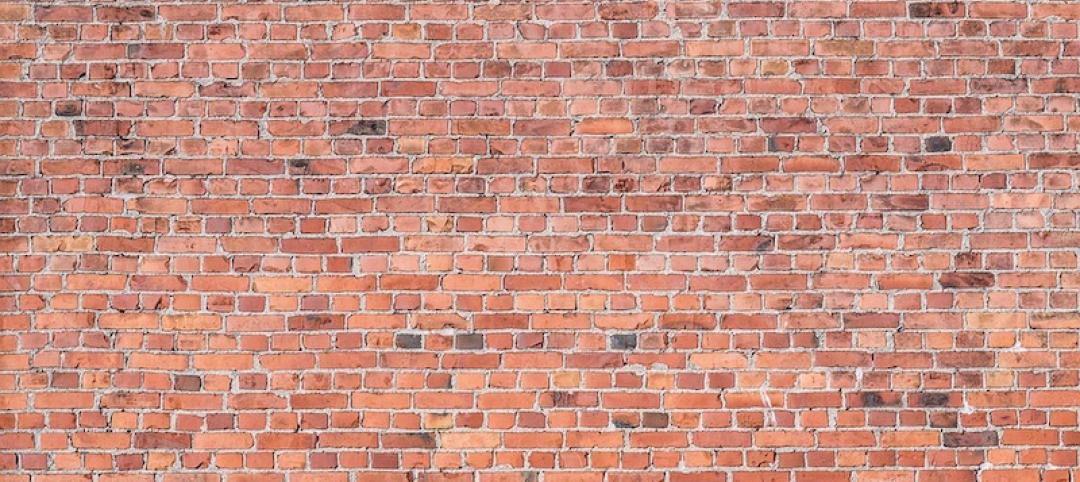In November 2021, New York City enacted Local Law 126 of 2021, which is well-known in the building industry for establishing new requirements for periodic parking garage inspections. At the same time, the legislation added a section to the NYC Administrative Code mandating periodic observation of building parapets.
To allow owners time to prepare, the City set the start date for the new parapet observations for January 1, 2024.
What is required?
All buildings in New York City with parapets facing a street, sidewalk, or other public right-of-way must undergo a professional parapet observation every year.
Unlike the Facade Inspection Safety Program (FISP), which excludes buildings under six stories, the parapet rule applies to all buildings, regardless of height, with the exception of detached single- or two-family homes. While FISP inspections are conducted on a five-year cycle, and parking garage inspections are required at least every six years, the newly mandated parapet observation must be done annually.
The good news: owners do not need to file the observation report with the Department of Buildings (DOB). Whereas facade and garage inspection reports follow prescriptive formats and must be electronically submitted, parapet reports need only be kept on file by the building owner. Archives of at least six years of parapet reports must be made available should the DOB request them.
What happens if there is a hazardous condition?
Immediately upon observing an unsafe condition, the professional performing the observation is required to notify the DOB. The building owner must promptly install public protection, such as sidewalk sheds, fences, and/or safety netting, which must remain in place until the problem is remedied. Unsafe conditions must be corrected within 90 days.
What is included in the observation report?
In contrast to the FISP and parking garage laws, the new parapet rule is not prescriptive as to report sections and format. However, the report does need to include:
- Basic building information, including address and owner contact details;
- Name and contact details for the professional performing the observation;
- Date of the observation;
- Location plan and construction information for the parapets, including material, height, and thickness;
- Description of general conditions;
- Unsafe conditions and actions taken to remedy them;
- Repairs since the previous report; and
- Dated photos documenting conditions.
Rather than filing the report with the DOB, the owner retains parapet observation reports for at least six years and must be prepared to furnish them to the DOB upon request.
What steps should owners take now?
With the requirements set to begin on the first of the year, owners have just a few months to plan. If a mandated FISP inspection is scheduled for 2024, adding a separate parapet observation report to that program may be a cost-effective strategy. Similarly, parapet observation can be incorporated into other planned exterior work, such as roof rehabilitation or facade cleaning.
A design professional can offer guidance on the simplest and most budget-conscious way to meet the new annual parapet requirements as part of existing maintenance and repair programs.
Resources
RCNY §103-15: Periodic Observation of Building Parapets
Local Law 126 of 2021 – see §28-301.1.1, p. 168
“Design Guide for Parapets: Safety, Continuity, and the Building Code,” Hoffmann Architects + Engineers JOURNAL
Hoffmann Architects + Engineers specializes in the rehabilitation of building exteriors.
Our design professionals have worked with hundreds of New York City building owners to meet inspection and repair requirements since the first facade law in 1980. We provide up-to-date guidance to help owners comply with the code and safely maintain their properties. Reach us at 212-789-9915 or hoffarch.com/contact.
Related Stories
Codes and Standards | Mar 28, 2019
Swinerton forms new mass timber business group
Will pursue new projects being developed with mass timber.
Codes and Standards | Mar 27, 2019
Shortage of skilled construction workers resulting in missed deadlines
Some 40% of contractors have turned down project offers.
Codes and Standards | Mar 25, 2019
ICC release 2019 guidelines for safe use of repurposed shipping containers
Provides in-depth, technical overview on how to design, review, and approve shipping containers as building elements.
Codes and Standards | Mar 22, 2019
Tool helps cities develop framework for life-cycle energy policies and track progress
Identifies policies, funding sources to address building energy use.
Codes and Standards | Mar 21, 2019
New York City contractors adding 5% to 10% to construction costs due to trade war
Tariffs on steel, aluminum, and other materials swell budgets.
Codes and Standards | Mar 20, 2019
Codes organizations to develop new guidelines on shipping containers as building components
Intl. Code Council and Modular Building Institute combine forces.
Codes and Standards | Mar 19, 2019
Plan for transformation of Lower Manhattan streetscapes unveiled
Pedestrian-friendly “Slow Streets” pilot starts on Earth Day 2019.
Codes and Standards | Mar 15, 2019
Newly developed building materials could have big impact on sustainability
Transparent wood, self-cooling walls, bricks that filter air pollutants among the technological breakthroughs.
Codes and Standards | Mar 14, 2019
U.S. and Canada differ on how to evaluate field performance of windows, curtain walls
Variations include laboratory test method for determining rate of air leakage.
Codes and Standards | Mar 13, 2019
Climate change can’t be stabilized without addressing urban sprawl
Even if power goes green, transportation will still be a major emissions source.

















